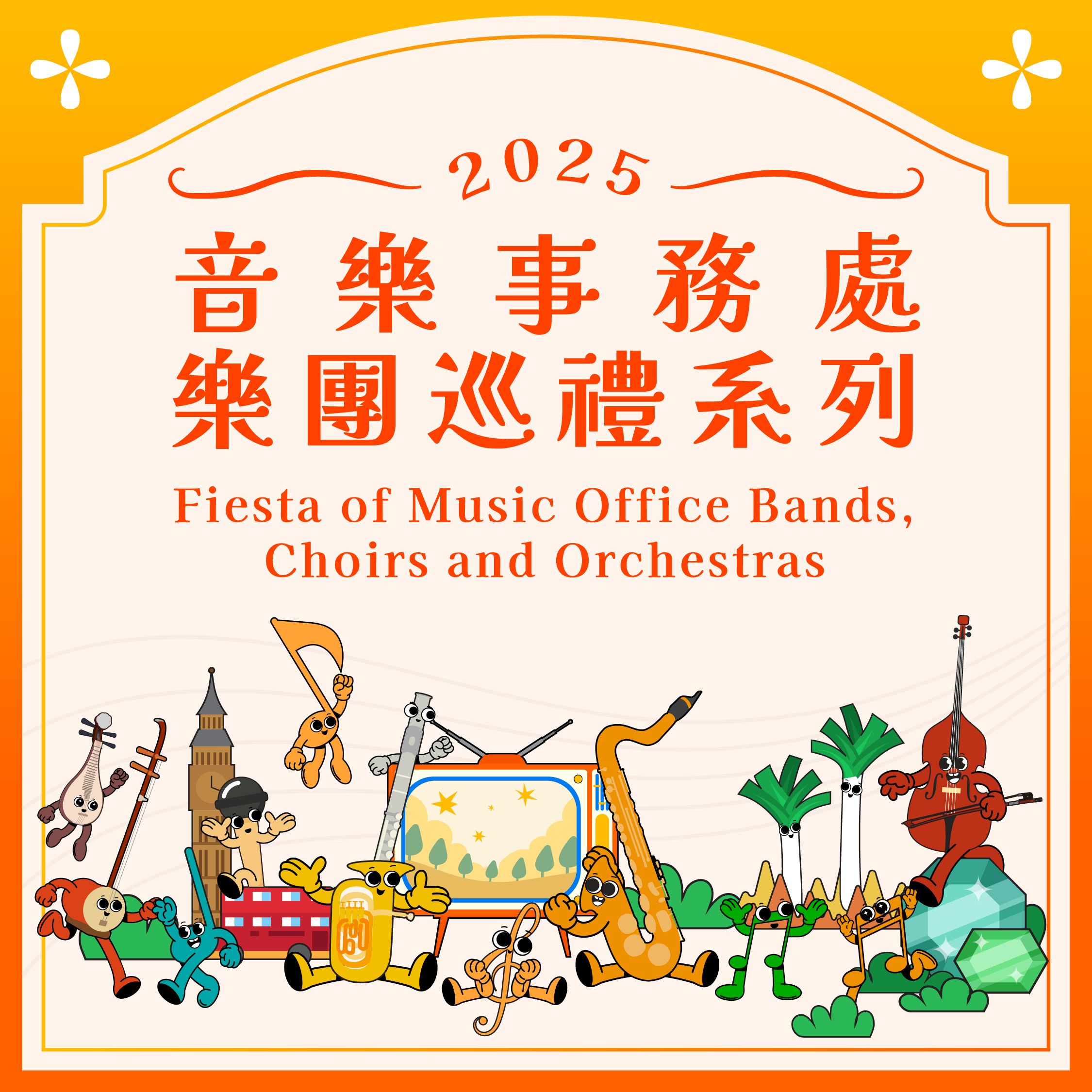Roving Exhibition – Music of Inner Mongolia
Text / Videos / Pictures: Chan Chi-chun (Executive Director, Centre for Chinese Music Studies, The Chinese University of Hong Kong)
Introduction

| The Inner Mongolia Autonomous Region is situated in northern China, bordering Mongolia and Russia. With Hohhot as its provincial capital city, the autonomous region has nine prefecture-level cities and three leagues with more than ten ethnic groups, including Mongol, Han Chinese, Hui, Manchu and Korean, living on this expansive piece of land. | |
 [Image 2] |
 [Image 3] |
 [Image 4] |
 [Image 5] |
Mongolian Music

| The music of the Mongols, the nomads, conjures up images of the vast and verdant grasslands. Their folk songs are an integral part of life and form the foundation of their musical culture. |
| Folk Song |
Generally, Mongolian folk music is categorized into two genres:
[Video 1]
The Vast Grasslands |
[Video 2]
White Wormwood Hill |
| Folk Operetta |
Errentai (two-person operetta)
[Video 3]
The Fifth Elder Brother Tends Sheep |
Khoomei

[Video 4]
Pray Song for Khubilai Khaan |
Significant musical instruments

| Morin khuur (Horsehead fiddle) |
 [Image 6]
|
 [Image 7]
 [Image 8] |
|
[Video 5]
Galloping Horses China·Wushen Morin Khuur Symphony Orchestra (a modernized morin khuur orchestra) |
| Khuurchir (or Dörbön chikhtei khuur) |
 [Image 9]
[Video 6]
Dating at Aobao |
| Komuz |
 [Image 10]
[Video 7]
Loving Kindness.Aqitu |
| Yatga |
 [Image 11]
[Video 8]
Yatga (The instruments in the video are modenized ones which have virtually the same structure as the modern guzheng) |
Mongolian folk songs and Chinese music

Mongolian music went through different phases of internal development. It also gave inspiration to the Han Chinese. Elements of Mongolian music can be found in some of the recently composed Chinese music. Horse Racing is one of the prominent examples.
Horse Racing
Composed by Huang Haihuai in 1959, Horse Racing, as its name suggests, depicts a Mongolian horse racing scene on the grassland. Its cantabile passages were adapted from Mongolian folk songs. The tremolo technique in the cadenza imitates the Mongolian Long Songs and the morin khuur. The brisk music brings the horse race of the herdsmen to life.
Horse Racing
Huqin: Wong On-yuen, Wong Sun-tat
Orchestra: Hsinghai Art Association Chinese Orchestra, Nanyang Academy of Fine Arts Chinese Chamber Ensemble
Conductor: Shen Guo-qin
Conclusion

The traditional Long Songs, khoomei, errentai and morin khuur are cultural treasures that have been preserved and passed along in Inner Mongolia. These forms of art have become the intangible cultural heritage of China, representing the unique culture of the nomadic people. The Long Songs and khoomei transport one to the borderless grasslands, far away from the hustle and bustle of city life. While the Mongols live on the edge of China, their music is intricately linked with the music of the Han Chinese. Elements of Mongolian music have been adopted in modern Chinese music, in which traditional Mongolian musical instruments are brought in to increase the diversification of timbre. The cultural exchanges between different ethnicities have enriched and expanded the contents of Chinese music.





















